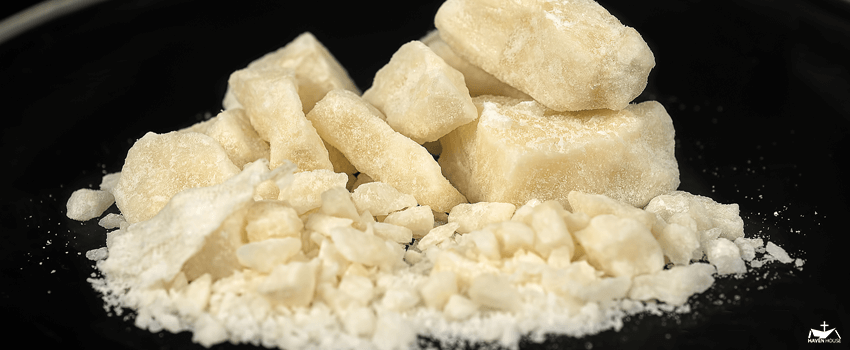
Table of Contents
According to the U.S. Sentencing Commission, only 5.5% of all federal crack defendants are high-level dealers.
Approximately 100 years after cocaine entered into use, a new variation of the substance emerged. This substance, crack, became enormously popular in the mid-1980s due in part to its almost immediate high and the fact that it is inexpensive to produce and buy.
Crack is a highly addictive form of cocaine that is typically smoked. The term “crack” refers to the crackling sound heard when the substance is heated, presumably from the sodium bicarbonate that is used in the production of crack.
In 2001, 2% of college students and 4.7% of young adults (ages 19.28) reported using crack cocaine at least once during their lifetimes. 0.9% of college students and 1.3% of young adults reported past year crack use, while 0.1% of college students and 0.4% of young adults reported using crack in the past month
Cocaine is a strong central nervous system stimulant. Physical effects of cocaine use, including crack, include constricted blood vessels and increased temperature, heart rate, and blood pressure. Users may also experience feelings of restlessness, irritability, and anxiety
In federal court today, low-level crack dealers and first-time offenders sentenced for trafficking of crack cocaine receive an average sentence of 10 years and six months.
Newsletter Signup
Discipleship Training
“The teaching of the wise is a Fountain of Life, turning a person from the snares of death.”
Proverbs 13:14 NIV


